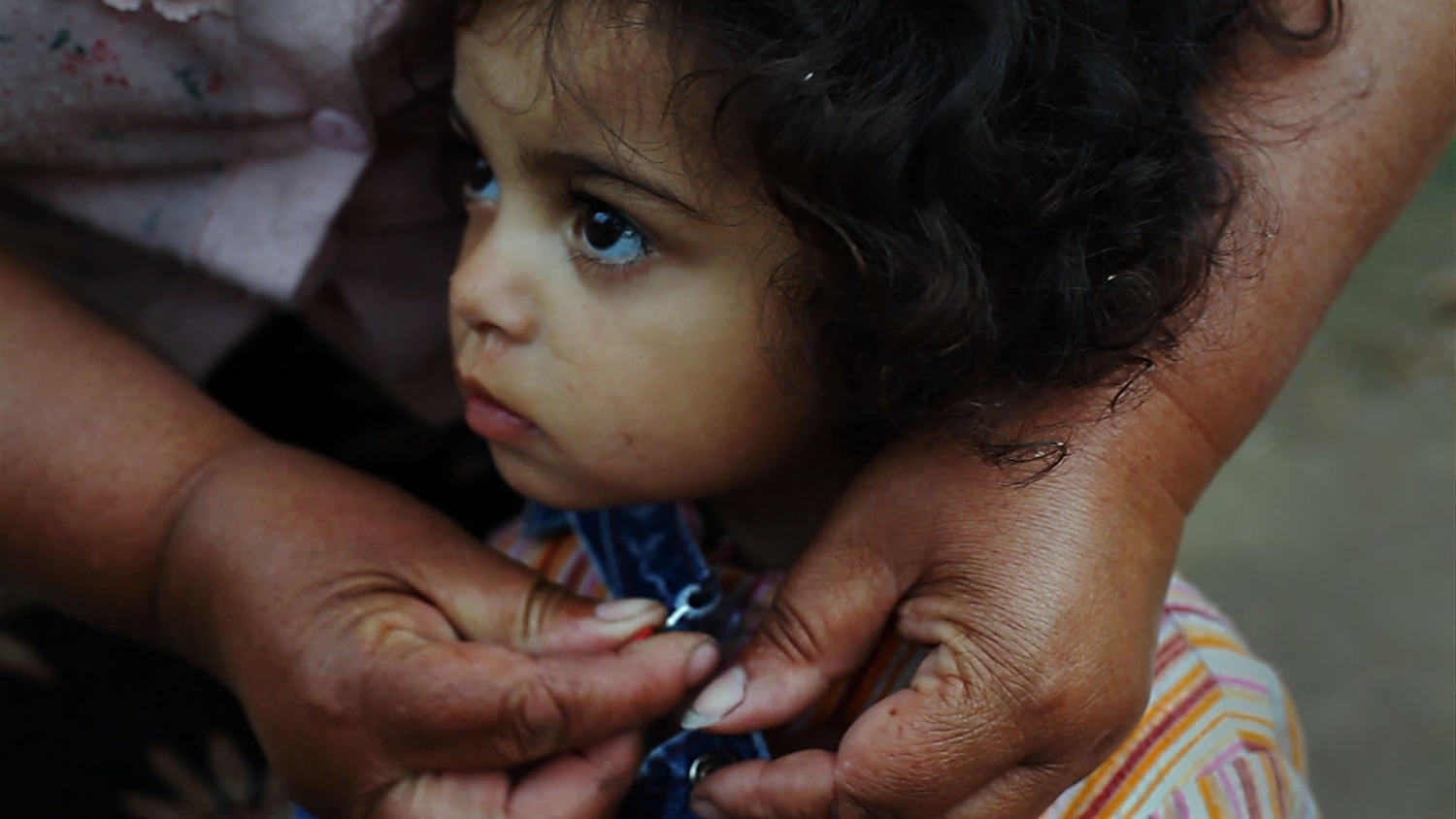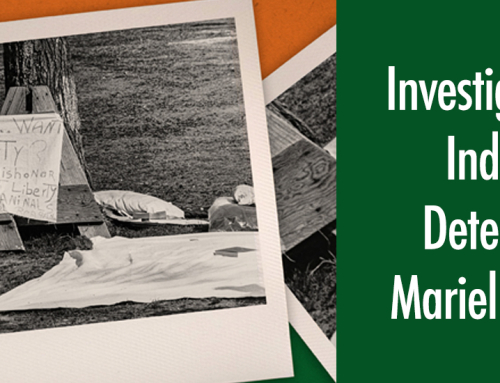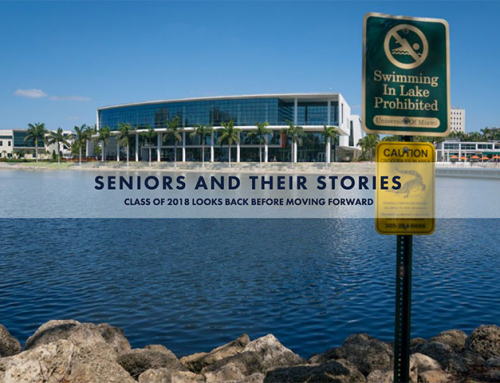Project Description
Colorful but Colorblind is a project aimed at remedying anti-Roma stereotyping through the creative use of multimedia in reporting minority issues in new member states of the European Union in Central and Eastern Europe (Bulgaria, the Czech Republic, Hungary, Romania and Slovakia) and internationally. Conceived by Transitions, a Prague-headquartered media development organization and Internet publisher, the project is implemented in close cooperation with four partner organizations in the target countries, the Center for Independent Journalism (CIJ) in Budapest, the Center for Independent Journalism (CJI) in Bucharest, the Media Development Center (MDC) in Sofia, and MEMO 98 in Bratislava. Leading specialists in multimedia storytelling and production from the School of Communication at the University of Miami took part in the project as trainers and producers.
Most Roma communities in Europe face poverty, social exclusion and discrimination. While significant, if insufficient, efforts to address the problems that Roma face have been made at both European and national levels in recent years, there are sometimes political forces, within or close to the political mainstream, campaigning on openly anti-Roma platforms in some of the new member states. Recent years have also seen a series of violent attacks on Roma people, in some cases with fatal consequences.
In addition to scapegoating Roma for many local problems, Roma communities are also often blamed for negative opinions of countries, such as the Czech Republic and Romania, abroad (e.g. the negative reactions in the Czech Republic to the large number of asylum applications of Czech Roma in the West or the anti-Romanian campaign in the Italian media following the arrival of a large number of Roma from Romania to Italy).
Few media outlets feature balanced coverage of Roma communities. In fact, media coverage often exacerbates the animosity toward Roma as it typically focuses on controversial issues in a sensationalist manner without much consideration of the wider context from which the problems originate. As most outlets are commercial and often driven exclusively by market forces, they show little interest in confronting prejudice and stereotypes. Often even positive articles on Roma individuals in the media deploy patronizing discourse, framing Roma success stories as oddities.
The need to encourage fair and balanced media coverage of the situation of Europe’s Roma communities is pressing. By focusing on media training and collaboration between Roma and non-Roma journalists on specific stories, this project aimed to simultaneously encourage a more nuanced coverage of Roma issues in Central and Eastern Europe, greater participation of Roma journalists in mainstream media operations, and inter-cultural dialogue and mutual understanding. By engaging top specialists in multimedia storytelling, the project sought to contribute to the transfer of specialist skills needed to produce high-quality multimedia content on minority issues.










